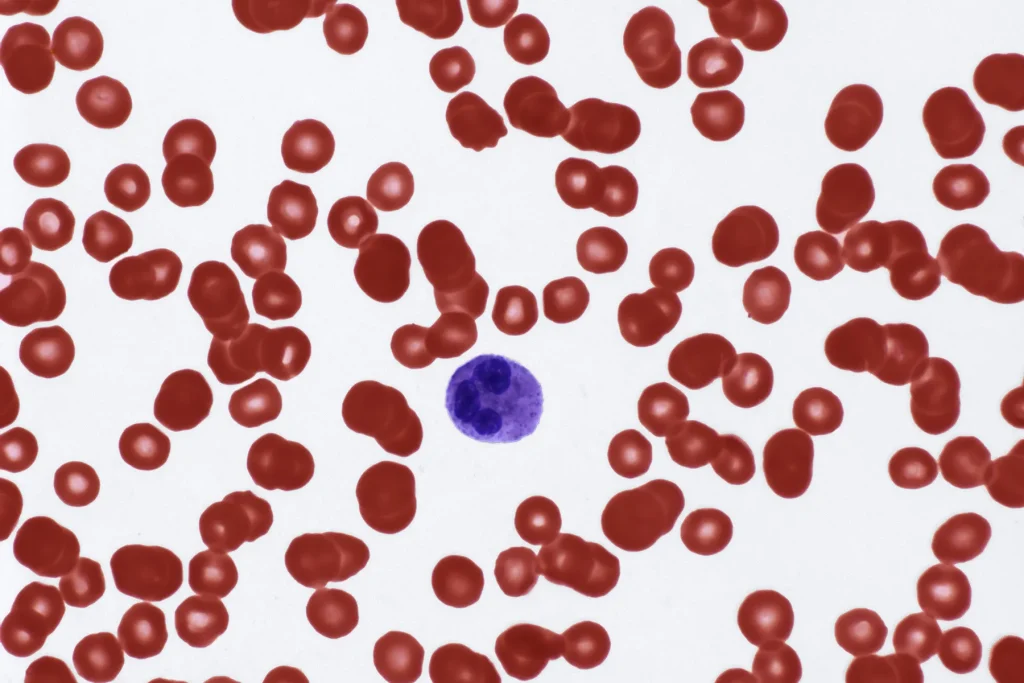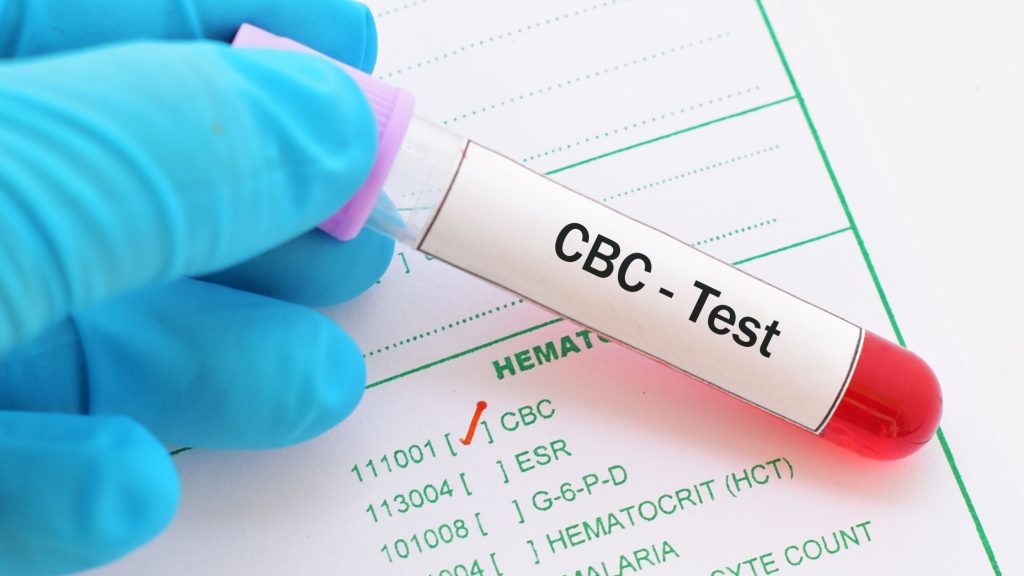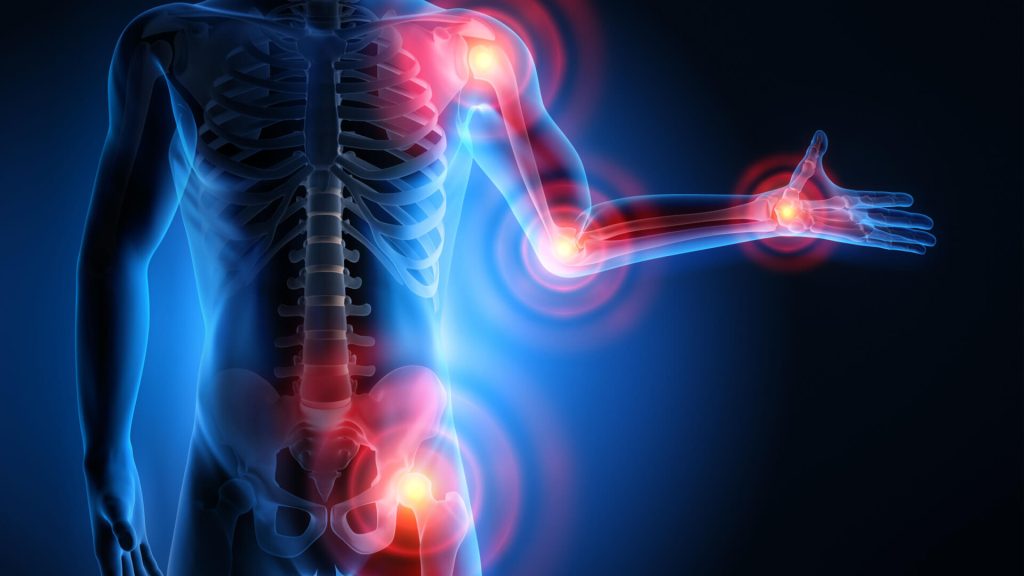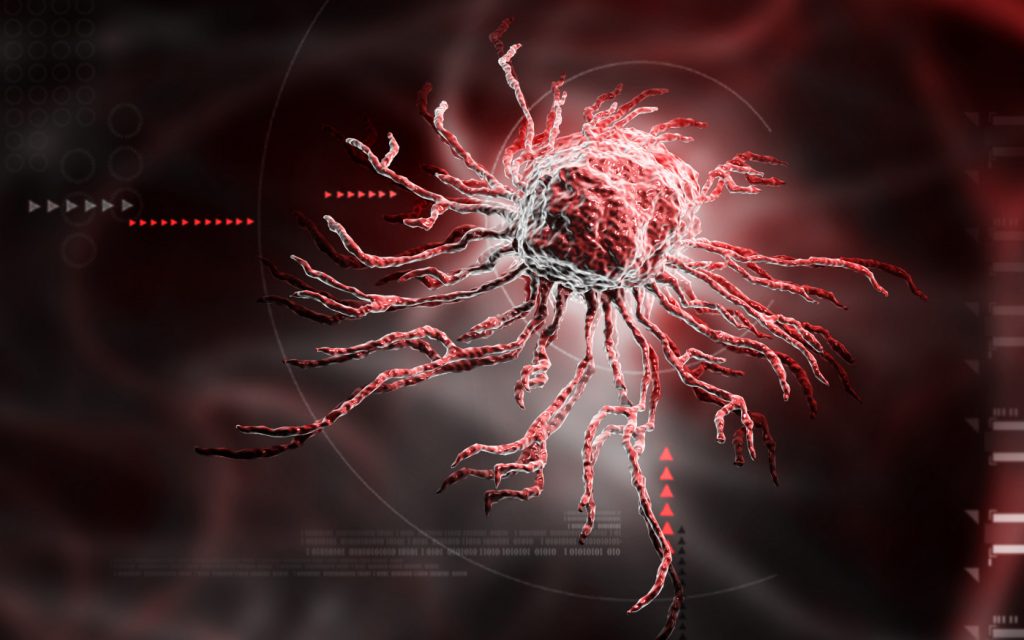Early Warning Signs and Symptoms of Blood Cancer
The insidious nature of blood cancer, which encompasses malignancies like leukemia, lymphoma, and multiple myeloma, often lies in its initial clinical presentation—a subtle, unspecific constellation of symptoms easily mistaken for a routine viral infection, overwork, or the common flu. Unlike tumors that form a distinct mass and prompt an obvious localized complaint, blood cancers involve…
Read more










